Buy or gift a stand-alone digital subscription and get unlimited access to dozens of back issues for just £18.99 / $18.99 a year.
Please register at www.exacteditions.com/digital/cornucopia with your subscriber account number or contact subscriptions@cornucopia.net
Buy a digital subscription Go to the Digital EditionAndrew Finkel has come to the conclusion that it’s time to put his money where his mouth is and join other journalists in doing all it takes to defend the integrity and independence of the Turkish press
I am suffering from a chronic case of not being careful enough about what I wish for. A project I’ve plotted and schemed to achieve for many years, abandoned and then revived, has finally come to fruition. What I hadn’t taken on board was that it would involve me going out to work. I have been forced to abandon my comfortable commute from the breakfast table to my study to go to a bus stop, take a ferry and then wend my way uphill to a street off Taksim Square. The window of my delightful office looks out over the Bosphorus and the neighbourhood I set off from. Visitors praise the view. I look at it with a twinge of regret.
I am not whining. I realise I’m not the only one to lead a Jekyll and Hyde existence between the sedate privacy of home and the elbow-jostling jungle of the route to work. My journey compares favourably to many in Istanbul who spend days (literally – an average 118 hours a year) stuck in traffic. Statistics, nearly ten years old, report that 45 percent of those in Istanbul spend two hours getting to their jobs. I actually enjoy the ten minutes it takes to sail from Asia to Europe.
I have had an office near Taksim before, so I should be able to slip back into a routine. But the area’s personality has changed in what is now nearly 20 years, and I find myself in unfamiliar terrain. Even back in the 1990s it was a neighbourhood in transition. The low-rise office blocks on the way to the Hilton were no longer fit for purpose in the dawning computer age, so many businesses and the banks were busy migrating north and east to the new commercial districts. Beyoğlu, to the west of Taksim, by contrast, had just been pedestrianised and was coming back to life as an entertainment district.
It was also a time when American-style malls were sprouting in the fast-urbanising periphery. It was to be some years (2006) before Vakko, Turkey’s first home-grown fashion house, would uproot itself from the street where it grew up for a shopping centre far away. Yet Beyoğlu had already begun to be governed by the rule of reverse chic. Its colonnaded façades and 19th-century arcades provided a competing vision of what it really means to live in a city. The shopping-centre food courts were aimed at families or urban youngbloods revelling in their alienation. A stroll down Beyoğlu made you feel part of a tradition older than yourself.
Now even Beyoğlu has a shopping mall and there are more on the way. Taksim itself has acquired a dystopic air – the hub of a city with no centre. Taksim Square was intended as a pole from which to fly the standard of the new Republic, and its modestly proportioned memorial is still the focus of the odd patriotic pageant. But increasingly it is a district that no longer knows what it is about, and so boasts of its incoherence.
The modernist opera house to the east of the square stands derelict while the debate goes on to restore it or tear it down. Tarlabaşı, once a boulevard leading off the square, is also in a state of limbo, one side torn down in advance of a yet-to-be-built luxury development. It seems unlikely that Turkey’s new rich will want to invest quite yet in a neighbourhood adjacent to Gezi Park, which last year became a symbol of opposition to luxury development. There are still nights when police chase demonstrators through the back streets with volleys of tear gas canisters. Not a tonic for property values.
Gezi Park itself has been tidied up. But the authorities are jittery and they shut it down completely at the first sign of people congregating for any purpose more serious than eating a sandwich. The municipality has burrowed under the square to send traffic via a tunnel. This may or may not be a good thing but is certainly odd, because nobody can decide what should go on above ground. Taksim is now less of a square than a barren, shapeless, flat area of crazed concrete. If this weren’t cheerless enough, it is also home to displaced Syrian families. Children beg near the metro entrances, a reminder of a conflict without remedy some 500 miles away.
The new craze around Taksim is for baklava parlours which, despite having popped up yesterday, boast of being older than Methuselah, or at least founded during the reign of Sultan Abdülaziz. Their proliferation is an attempt to create an alcohol-free café culture. Those in search of a drink or something kinder to their tooth enamel must wander the Beyoğlu back streets. But this is well worth the detour. Those streets are a revelation. All the energy and creativity that has been shooed away from public view seems to have taken root there. One unexpected advantage of working off Taksim is that no whim is too trivial to go unrequited. Within minutes of my front door are places to get a shoe made, a beard shaved, a knife sharpened, a shirt tailored, a picture framed – not to mention the brothels, camouflaged in passageways or around the corner or around the corner after next. More to the point, there is a bewildering variety of small, bustling places for lunch, be it beans on buttery rice, a richly braised shank of lamb, or a Roman pizza cooked in a wood-burning oven. I mention Balkanlar, a cafeteria with seating on three floors – not because it is so good (it isn’t bad at all) but because it so astonishingly cheap. Farther down Beyoğlu are the chic exponents of new Turkish cuisine. Here, in the soup cauldrons and trays of steaming food, is where it all began. You could spend more than tl10 (£3) on a meal but it would be too much to eat. On my last visit I looked up from my braised artichoke to see a long queue of riot police patiently waiting to fill their trays. What better recommendation.
My new life is the result of an old beef with my own profession and the time I have spent bobbing up and down on the vicissitudes of the Turkish press. Some time ago, based on my experience as a columnist on Turkish- language newspapers, I concluded that the country needed some sort of media observatory to lobby for editorial independence and decent standards. Journalists were being punished for doing the right thing and newspapers were unwilling to protect them. This was because mainstream media were themselves complicit in cronyism. Instead of doing the news they were colluding in the absence of public accountability. I was not the only one to come to this conclusion. Colleagues had nodded their heads in sage agreement for years, but we all shrugged our shoulders rather than put them to the wheel. I had come to accept that it was not my fate to move men or mountains, and that brought its own sense of relief. This was just before even middle-of-the-road TV stations ignored events in Gezi Park to broadcast documentaries about penguins. And before prominent columnists and honest reporters began losing their jobs in droves for acting in the public interest. It became all too obvious that the defence of press integrity was not an idea whose time had come but one whose time may have come too late. Friends began to upbraid me with my former good intentions and, to cut a long story short, the tumblers of what had seemed an impossible plan began to fall into place. We founded an organisation called Platform24 whose mission is to do what it can. It appears to be gathering momentum. And it is something to keep in mind when the alarm rings its cheery reminder that I have to go out to work.
Andrew Finkel, contributing editor to Cornucopia, has worked from Istanbul as a journalist for 25 years. He is a founding member of P24 platform24.org, in support of media independence.
Black musicians, White Russian princesses, Turkish flappers… During the Jazz Age, Beyoğlu was a ferment of modernity and decadence. By Thomas Roueché
For 700 years, the European quarter was home to Genoese, Jews, Greeks and many others. Norman Stone charts the district’s changing fortunes
Maureen Freely recalls the artists and writers who enlivened her childhood with their flamboyant bravado and unspoken sadness
In the very thick of the city, with its fret and fuss, belching traffic and urban sprawl, lies a glade scented with linden blossoms. Here the young Sultan Abdülmecid built a jewel of a palace, grand but tiny, which is still a green oasis and place of escape. By Berrin Torolsan
Until the 20th century, visitors would sail serenely into Istanbul to disembark opposite the Topkapi. After this spectacular start, reality would set in. By David Barchard
For more than two centuries the Ottomans were obsessed by the elegance of the tulip and grew over 3,000 varieties, each characterised by almond-shaped petals drawn out into an exaggerated taper.
With its hundreds of different shapes, pasta is today one of the most widely consumed and enjoyed of all the staples
Across the Golden Horn from the Topkapı and the bazaars is the European City, where fortunes have for centuries been made and lost.
Patricia Daunt extols the palatial embassiess that adorn the heights of old Pera. Photographs by Brian McKee
As the old European quarters flourished in their seclusion, Sultan Abdülmecid had a dream – and expanded to the east
The Sakip Sabanci Museum has just celebrated 600 years of diplomatic relations between Poland and Turkey. Jason Goodwin finds deep-rooted affinities between the two countries
John Carswell introduces the mesmerising entries in this year’s Ancient and Modern Prize for original research
With 19th-century Istanbul in thrall to the music of Italy, an extraordinary theatre was born, the creation of one rather ‘odd character’. Emre Aracı tells a tale of comedy and tragedy
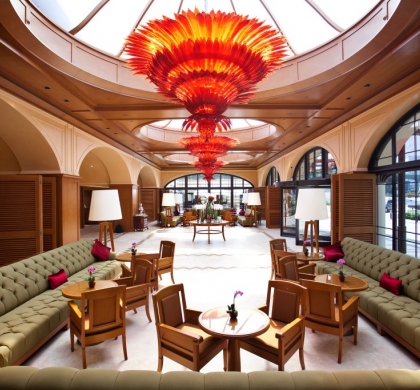
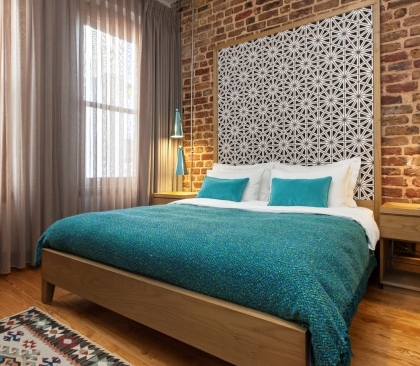
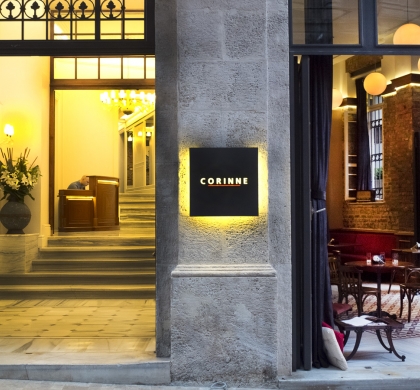
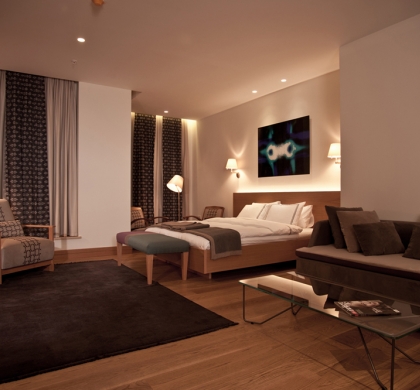
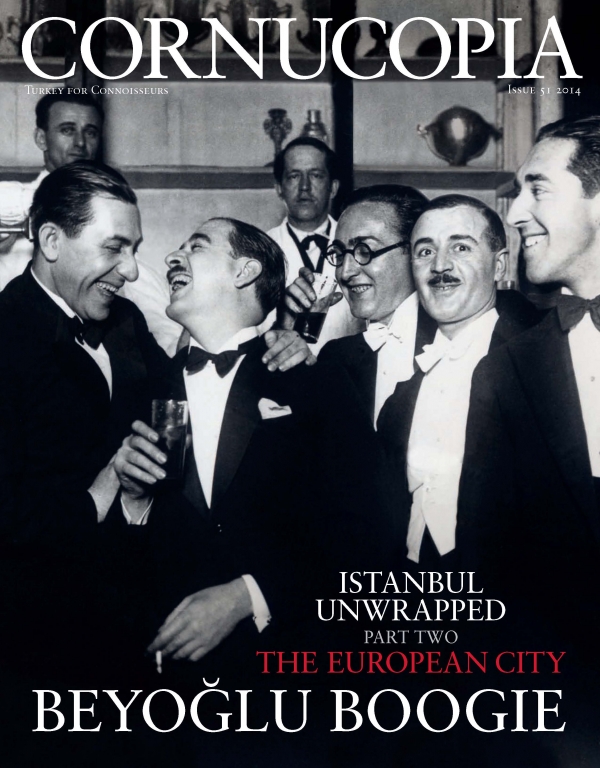 Issue 51, Summer 2014
Istanbul Unwrapped: The European City and the Sultan’s New City
Issue 51, Summer 2014
Istanbul Unwrapped: The European City and the Sultan’s New City
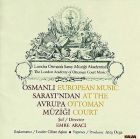
The London Academy of Ottoman Court Music, with Emre Aracı. Produced by Ates Orga,
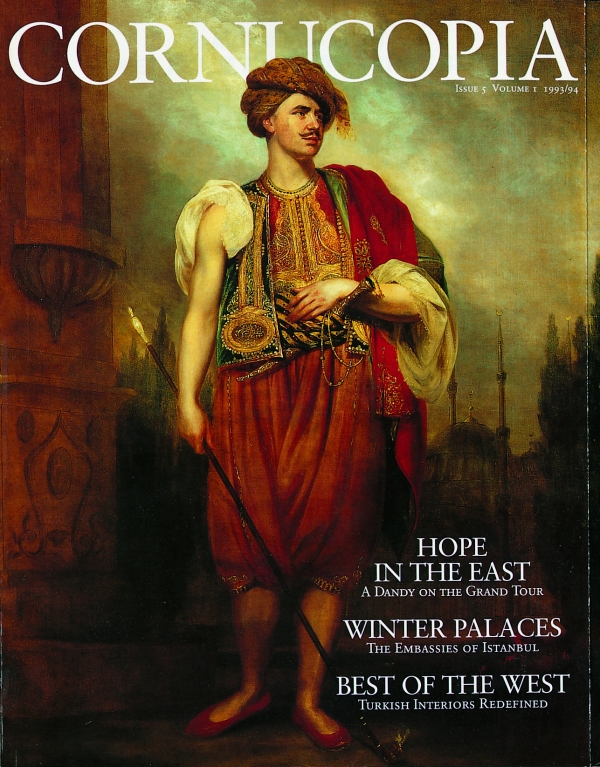

Cornucopia works in partnership with the digital publishing platform Exact Editions to offer individual and institutional subscribers unlimited access to a searchable archive of fascinating back issues and every newly published issue. The digital edition of Cornucopia is available cross-platform on web, iOS and Android and offers a comprehensive search function, allowing the title’s cultural content to be delved into at the touch of a button.
Digital Subscription: £18.99 / $18.99 (1 year)
Subscribe now